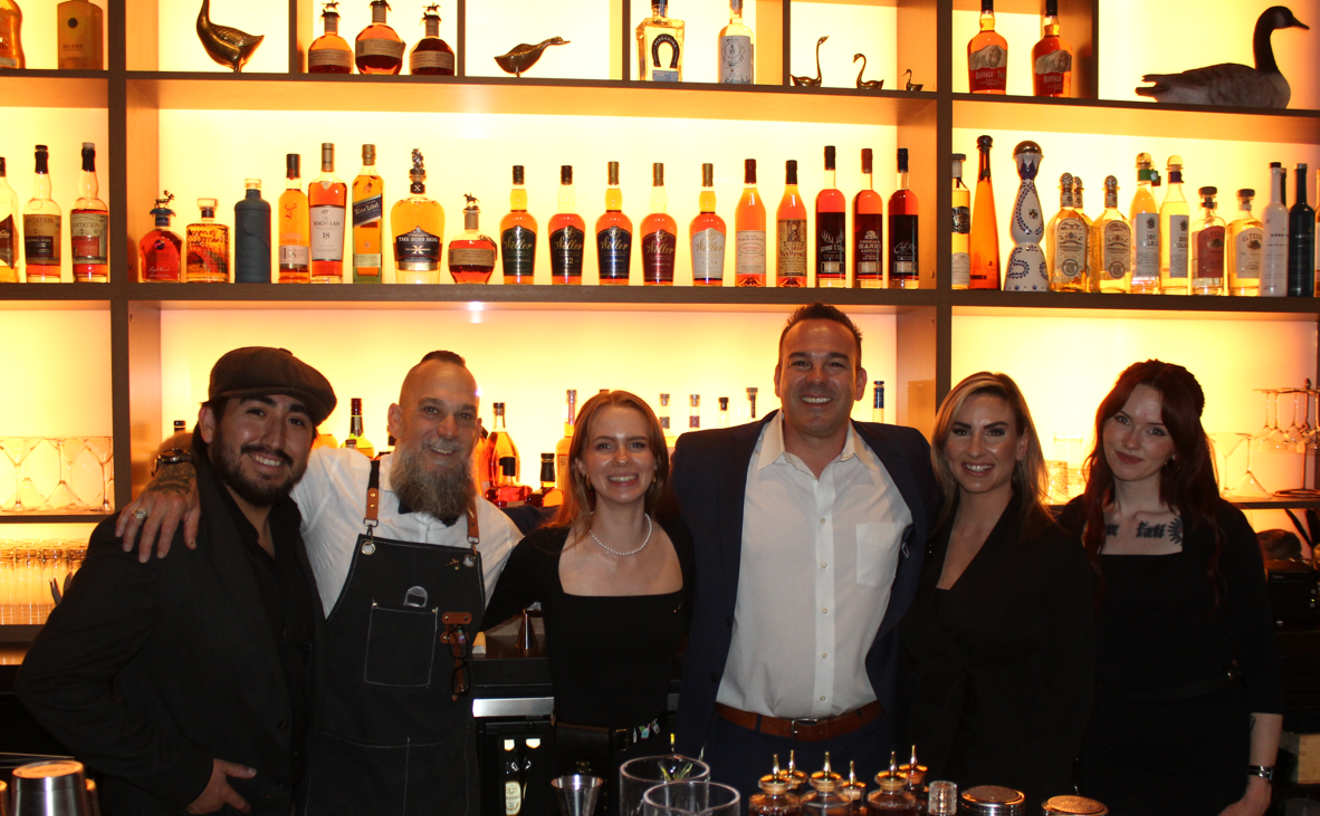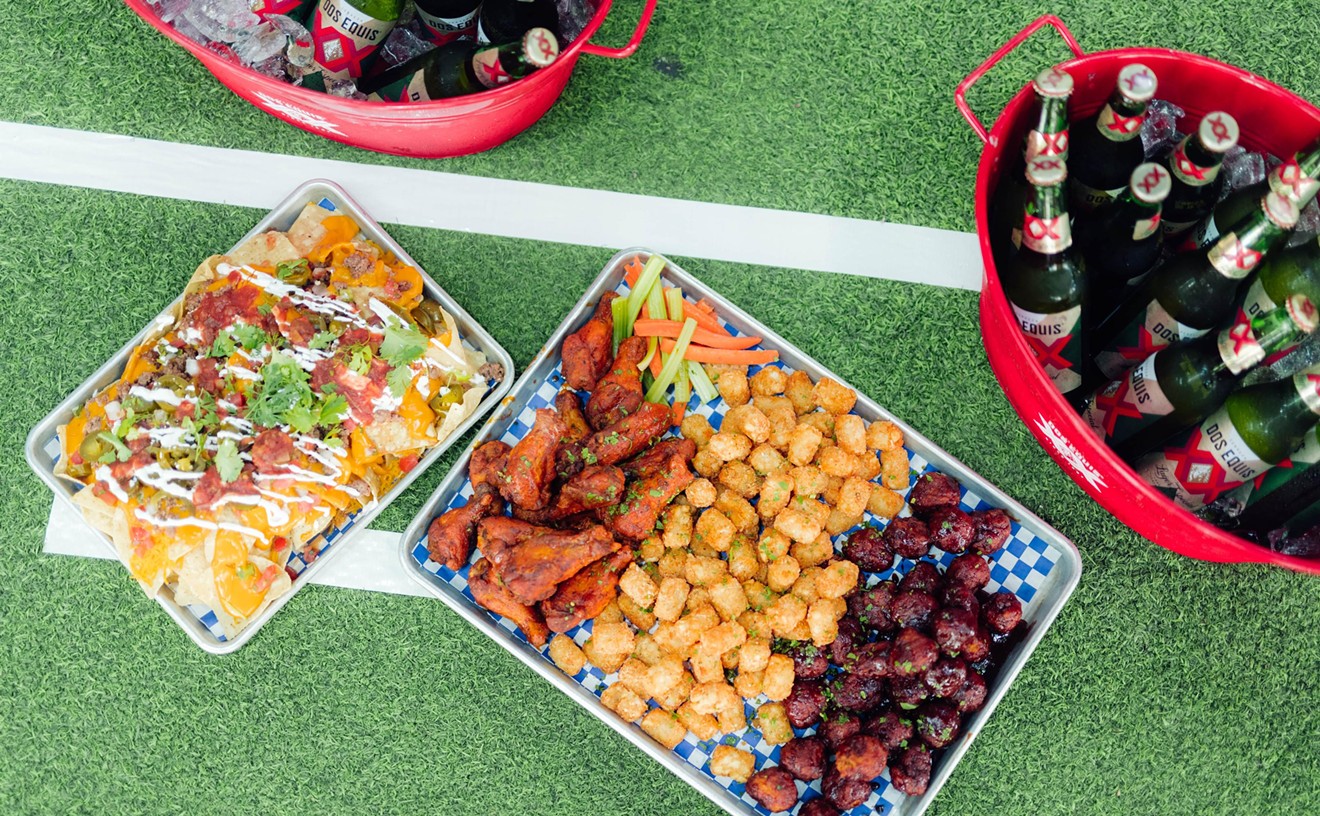See also: AndyTalk: The Five Most Common Kitchen Mistakes, Starting with Gray Meat
I have a drawer at AndyFood labeled "shot glasses."' That's where I keep all of the more esoteric knives. More to the point, that's where I keep those knives away from the unknowing. I watch people use a paring knife for everything from to peeling an apple and to butchering a chicken to dicing vegetables for stir-fry. You can do all of that with one knife, but ideally not a paring knife.
It's ironic that most of the paring-knife-fanatics know they're using the wrong knife. They're afraid of big knives - which is actually a good instinct. But, using the wrong knife is risky. Here's a short list of the wrong knives:
- A knife that's so big it hides the food you're cutting,
- Any knife that's not at least an inch or two longer than the width of the food you're slicing (Turkeys and huge cuts of meat excepted),
- A dull knife,
- A knife in bad repair (i.e., the rivets are loose), and
- A knife that looks cool, but that you have no idea what it's designed to do.
The right knife is
- Sharp. Sharp knives easily glide into the food you're cutting. Dull knives require a lot of pressure to do the job. As you struggle you risk being cut.
- Comfortable in your hand. If you're five feet tall a 7-inch chef's knife is probably just your size. If you're over six feet tall you might enjoy a 10-inch knife. A chef's knife is an extension of your arm - and if you have short arms a shorter knife is in order. For most people an 8 or 9-inch knife is perfect.
- Appropriate for the task at hand. Serrated knives are for bread and arguably tomatoes (if your chef's knife is sharp it slices tomatoes with ease). Long blades are for slicing, and knives with a good half-inch or larger bolster are for dicing and chopping. The bolster creates a space between the cutting board and the handle for your fingers.
Choosing a knife
- I'm not a fan of sets. The average person needs two good knives - a chef's knife and a paring knife. Most of the knives in a set are never used. If you want more knives add a Santoku-style chef's knife; the slightly rounded edge of these Asian-style blades rocks back and forth with ease when chopping. The knife in the bolster picture above is a Santoku. I also like thin cleavers for slicing. If you have aspirations of turning chickens into filets and other small parts get a boning knife. That's it. I have at least 50 knives and I use a chef's knife 80% of the time.
- Carbon Steel. You want a knife hard enough to hold an edge but not so hard that it's impossible to sharpen. Knives that never need sharpening can't be sharpened.
- Full Tang. This has nothing to do with powdered OJ. The tang is the continuation of the metal into the handle. A full tang extends to the end of the handle. When the metal runs the length of the knife balance is usually good.
Finally, if you want a quick knife lesson I just posted a lesson on YouTube. The best way not to cut yourself is to master the art of slice and dice.
Andy Broder is the chef/owner of AndyFood, A Culinary Studio.










